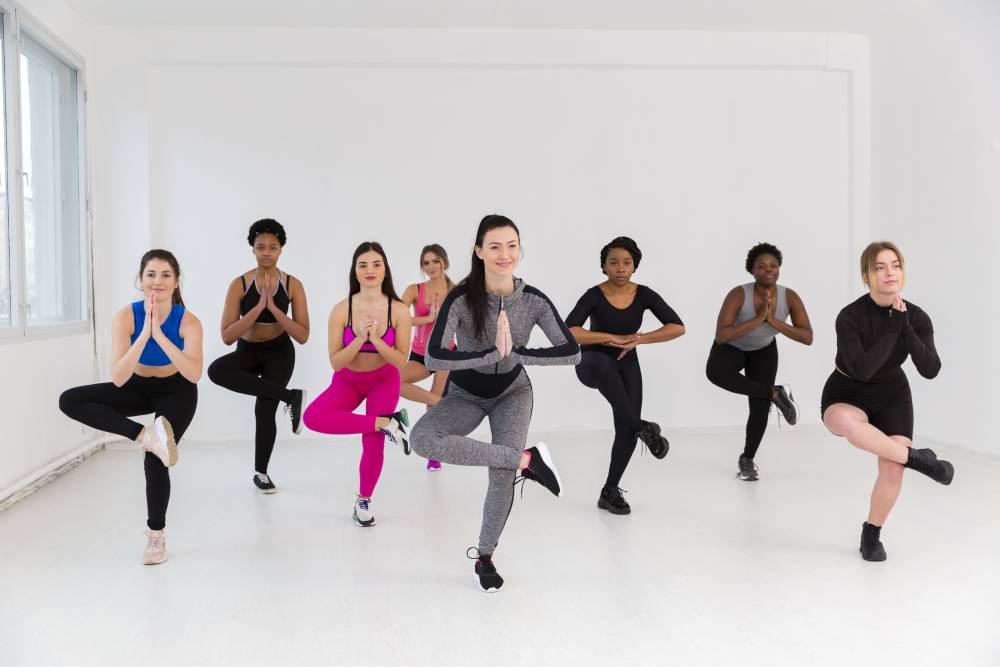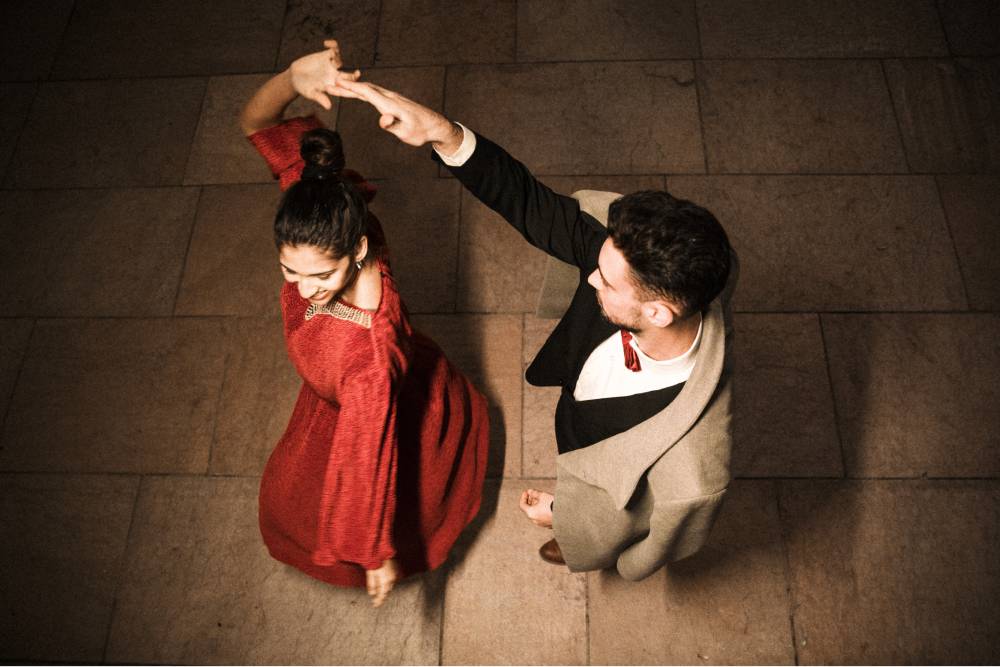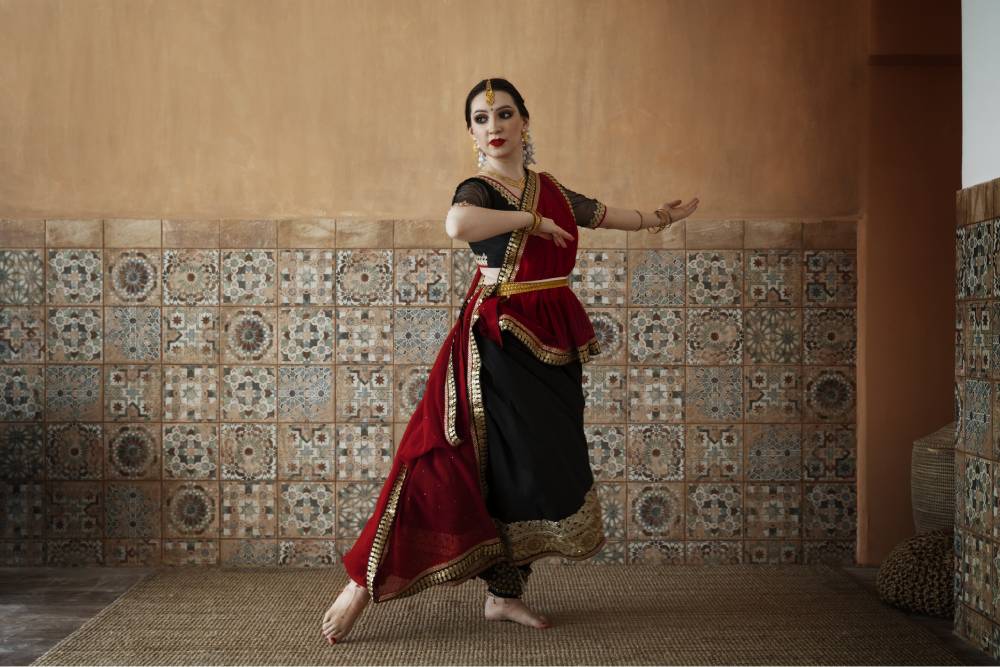Inspiration:
The choreographic process begins with inspiration. Choreographers draw inspiration from various sources, such as personal experiences, music, visual art, literature, social issues, or even the natural world. They delve into their imagination, seeking concepts, themes, or emotions they wish to explore through movement. Inspiration can strike at any moment, and it is the driving force that propels the creative journey.
Conceptualization and Planning:
Once the inspiration is found, choreographers begin to conceptualize and plan their piece. They visualize the overall structure, movement vocabulary, and the relationship between dancers and space. Choreographers may sketch or write down their ideas, create storyboards, or develop a mental map of the choreography. This stage involves brainstorming and experimenting with different possibilities, allowing the choreographer’s vision to take shape.
Movement Creation:
The heart of the choreographic process lies in the creation of movement. Choreographers select and craft movements that best express their artistic vision. They consider the dynamics, timing, and spatial relationships of the movements, seeking to create a cohesive and impactful dance vocabulary. Choreographers may work collaboratively with dancers, exploring ideas through improvisation, or they may create movement sequences individually and then teach them to the dancers.
Rehearsal and Refinement:
Once the movement material is established, rehearsals begin. Choreographers work closely with the dancers to teach and refine the choreography. Rehearsals involve repetitive practice, fine-tuning of movements, and experimentation with different interpretations. Choreographers provide feedback and guidance, encouraging dancers to embody the intended emotions and intentions of the piece. This collaborative process allows the choreography to evolve and develop over time.
Music and Costume Selection:
Music and costume choices play a significant role in enhancing the choreography. Choreographers select music that complements and enhances the movements, capturing the desired mood or rhythm. Costumes are chosen to visually enhance the dancers’ performance and align with the overall aesthetic of the piece. The combination of movement, music, and costume creates a cohesive and immersive experience for the audience.
Technical and Artistic Polish:
In the final stages of the choreographic process, the focus shifts to refining the technical and artistic aspects of the performance. Choreographers work on ensuring that the dancers execute the movements with precision, clarity, and synchronization. They pay attention to details such as alignment, timing, and spatial patterns. Additionally, choreographers may fine-tune the emotional expression and artistic interpretation, encouraging the dancers to fully embody the intended narrative or concept.
Performance:
The ultimate culmination of the choreographic process is the performance itself. It is the moment when the choreography comes alive on stage, captivating the audience and evoking emotions. The performance is a collaborative effort between the choreographer, dancers, lighting designers, and stage crew. It is an opportunity to share the artistic vision, connect with the audience, and create a lasting impact through the power of movement and expression.
The choreographic process is a dynamic and iterative journey. It requires creativity, collaboration, and dedication to transform inspiration into a compelling dance performance. Each choreographer brings their unique artistic voice, vision, and approach to the process, resulting in a diverse and vibrant landscape of dance creations.
In conclusion, the choreographic process is a creative and transformative journey that takes dancers and audiences on an emotive and captivating experience. From the initial spark of inspiration to the final moments on stage, choreographers weave together movement, music, and expression to create impactful dance compositions. Through dedication, collaboration, and artistic exploration, choreographers breathe life into their vision, sharing their stories and emotions with the world.

Jass
Jass earned her bachelor’s degree in Computer Science, transitioning into a profession as a content writer. With a keen mastery of words, she takes pleasure in expressing her thoughts and ideas creatively. Her ability to captivate audiences with her imaginative write-ups stands out as one of her notable strengths.



